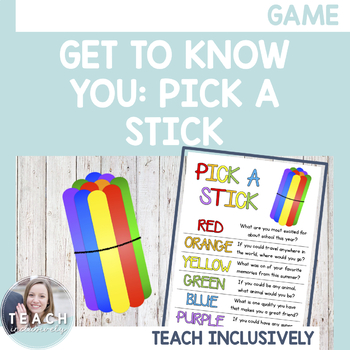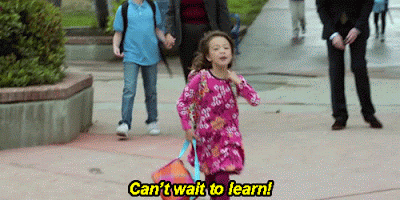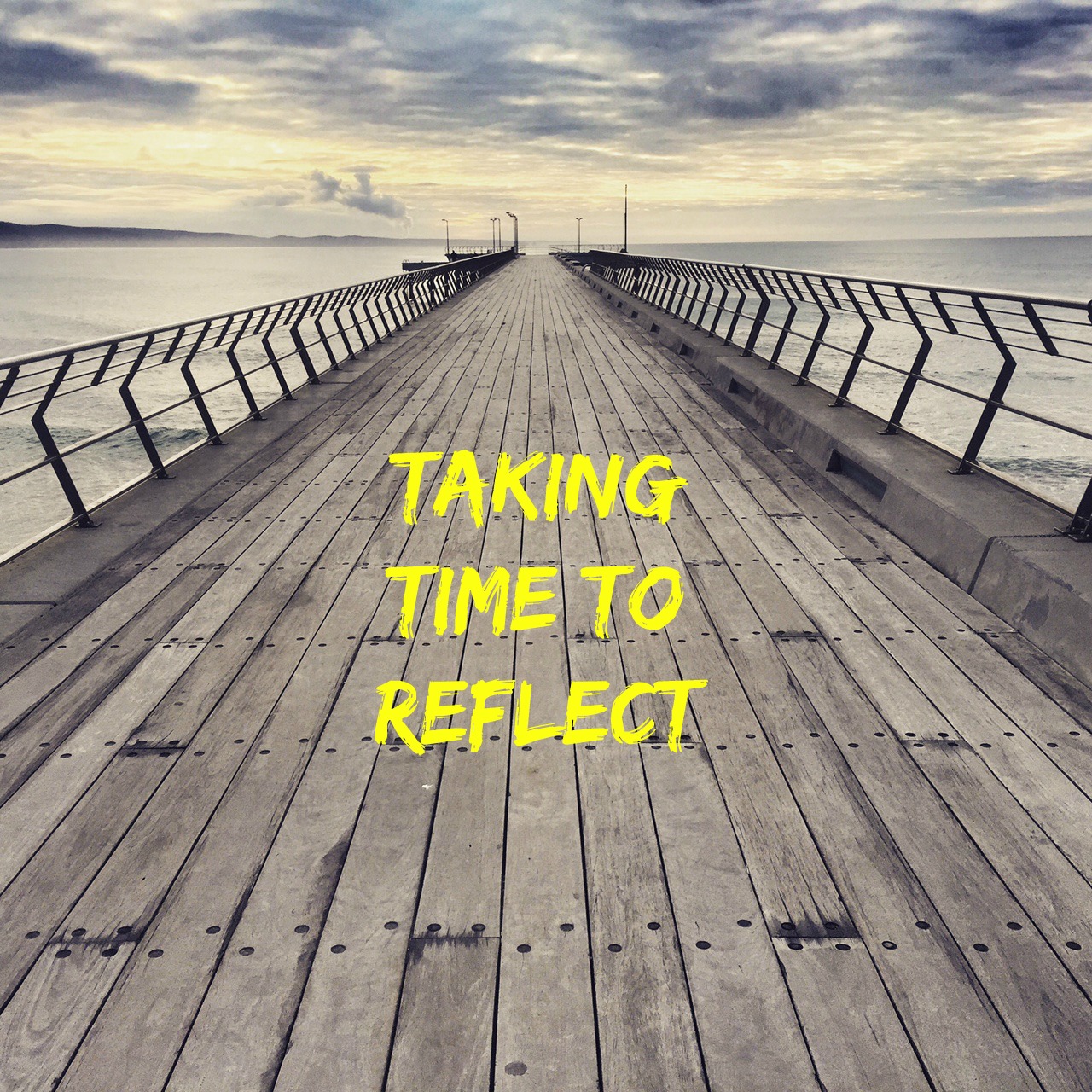
Today we had the opportunity to meet our fieldwork students! We had to do a getting to know you activity to be able to teach our students on a more personal level. Each group had to choose an activity and we rotated around to groups of students to make sure we met all of the students. My group decided to do the "pick a stick" activity. For that activity we had a jar full of colored sticks. Each color had a specific question that the student needed to answer. Questions included:
- "What is one fun thing that you did this summer?"
- "If you could have any superpower what would it be and why?"
- "If you could go anywhere on vacation, where would you go and what would you do?"
- "What is your favorite subject?"
- "What is your favorite book? What is your favorite movie?"
- "If you could be any animal what would you be and why?"
I learned a lot about the students, but mostly that they were a very funny group. Most students were not shy and many were very excited for the activity. Students were excited to share about their lives which helped me to prepare my lesson better. When teaching the class I learned that I need to have breaks within my lesson to get the students attention back. They often get very excited so it is important to have calming breaks to get them back on track.
Meeting the students was very exciting, and I can not wait to fully get into the field!


















